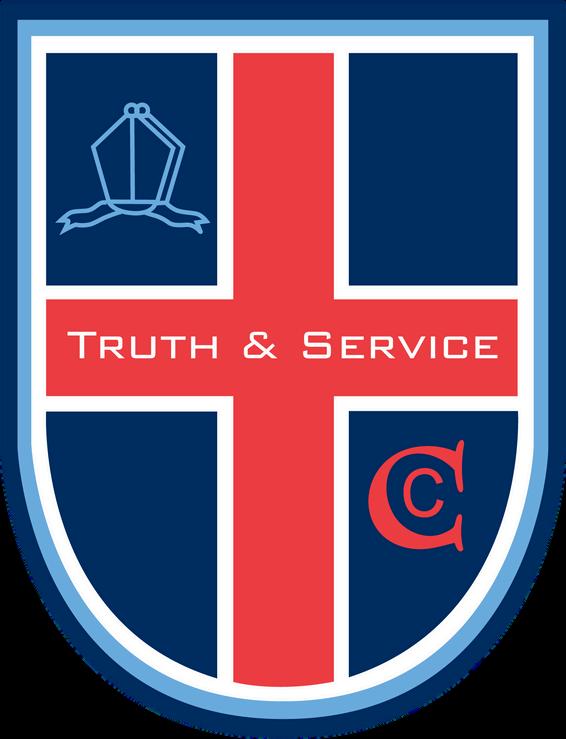






From 2025, there will be two options to study Year 11 and 12 at Cathedral College Wangarattathe VCE and VCE Vocational Major.
Starting in 2025, VCE will become one united program
There will be two options to study Year 11 and 12 at Cathedral College Wangaratta - VCE and VCE Vocational Major
The College’s focus will be ensuring students have the flexibility to choose the right pathway, opening up postschool opportunities and careers in the most in-demand industries
From 2025, students can complete the VCE Vocational Major, a new 2-year vocational, applied learning program within the VCE
Students can add vocational education and training (VET) subjects to either the VCE or VCE VM pathway, giving them practical skills and knowledge for work and further study.
Whether students want to pursue university, TAFE, an apprenticeship, traineeship, or head straight into the workforce when they finish school, there is a secondary pathway that will support the desired pathway.
you prefer to learn in the classroom
you need an ATAR for your goals
you want to develop confidence in academic learning
you want to apply for university immediately after Year 12
you prefer to learn in the real world and classroom
you don’t need an ATAR for your goals
you want to develop confidence in the workplace
you want to pursue TAFE, an apprenticeship, a traineeship, or full-time work immediately after Year 12 or apply to university after time in training or work.

The VCE offers a broad range of study possibilities.
At Cathedral College Wangaratta, students can choose from more than 25 VCE studies and 10 VCE VET programs, allowing students to explore their unique interests and pursue their goals
Completing the VCE can give students an ATAR score, offering a direct pathway to university
The VCE can take students in many different directions after school and is a great choice if students prefer learning in a classroom environment and know they might want to go to university right after school
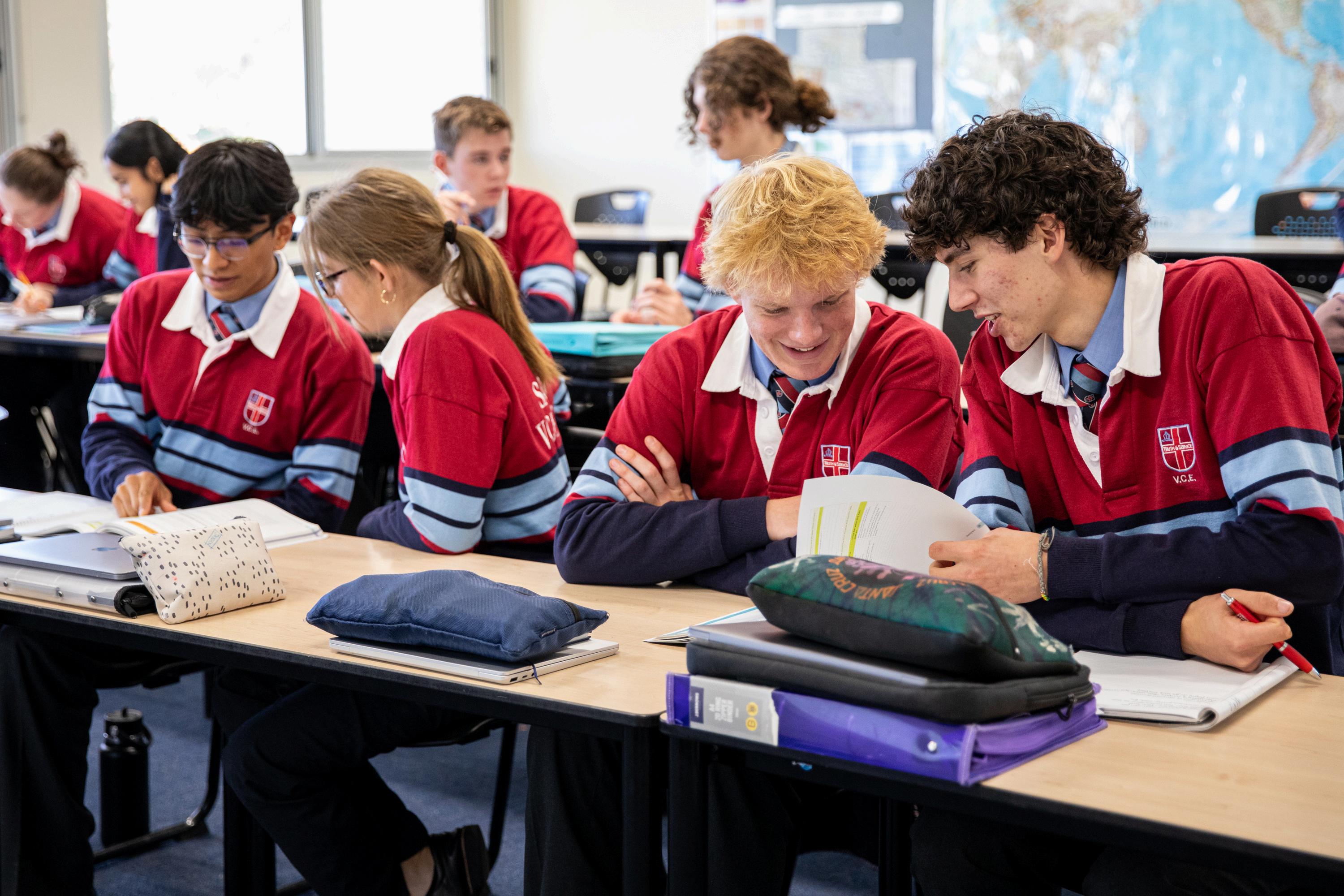
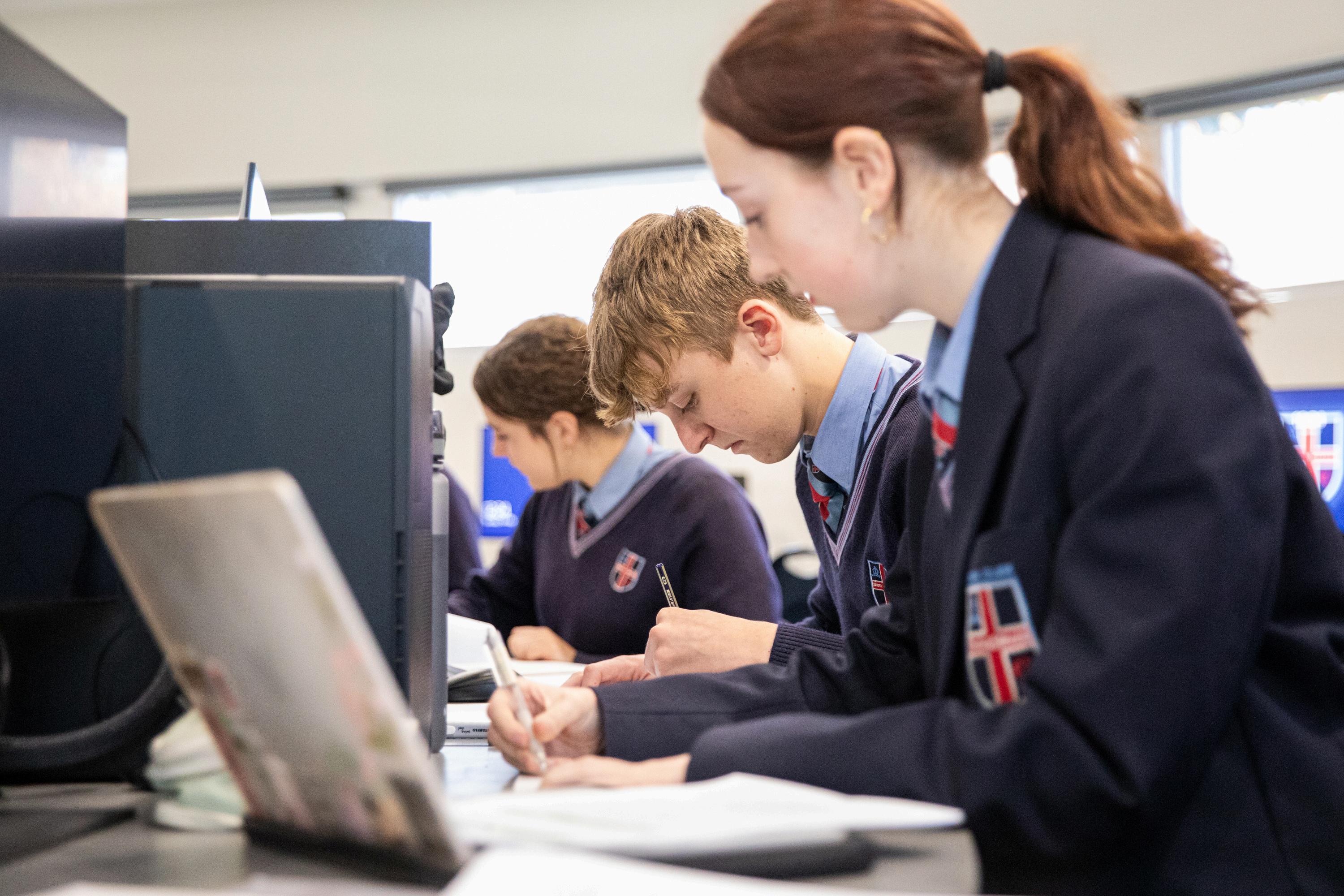
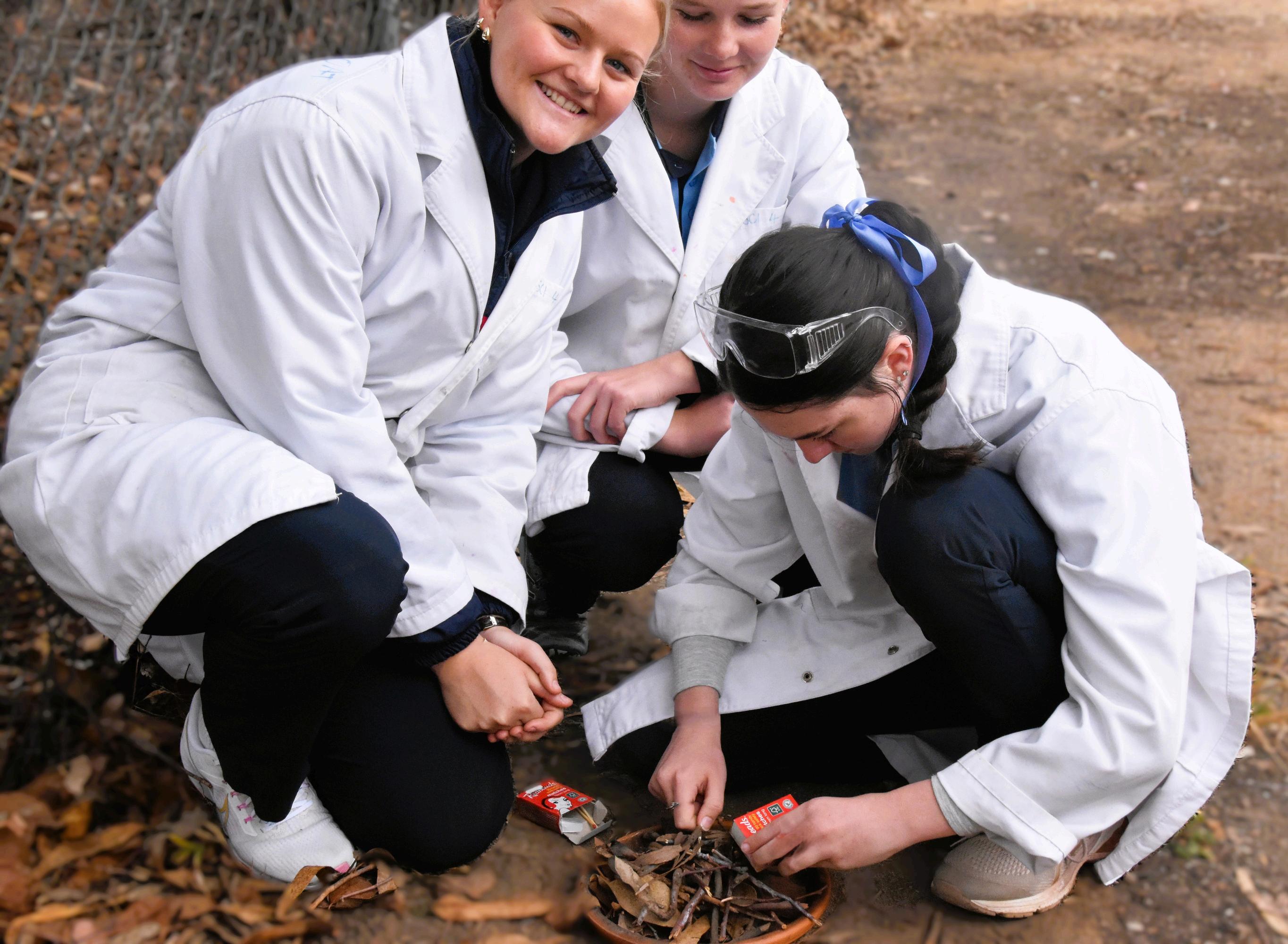
Sam loves understanding how, where and why things grow Sam needed an ATAR to study environmental science at university immediately after Year 12
Sam chose subjects that were relevant to their future career, as well as those they had a genuine interest in Sam also chose to do a VCE subject in Year 10.
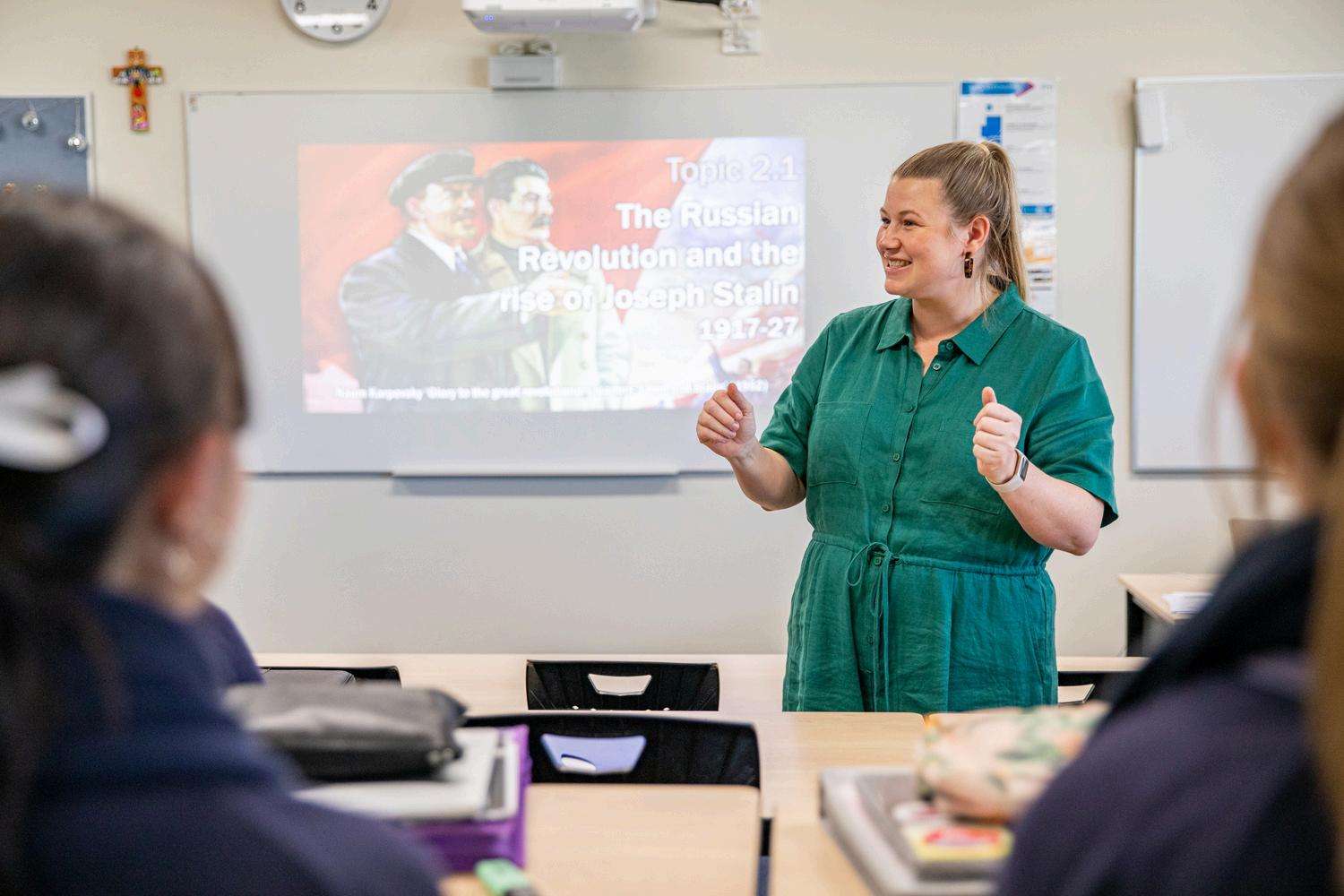

In Year 10, they studied:
• VCE Biology Units 1 and 2
In Year 11, they studied:
• VCE English Units 1 and 2
• VCE Mathematical Methods Units 1 and 2
• VCE Geography Units 1 and 2
• VCE Chemistry Units 1 and 2
• VCE Biology Units 3 and 4
• VCE Agriculture and Horticulture Units 1 and 2
In Year 12, they studied:
• VCE English Units 3 and 4
• VCE Mathematical Methods Units 3 and 4
• VCE Geography Units 3 and 4
• VCE Chemistry Units 3 and 4
• VCE Agriculture and Horticulture Units 3 and 4
The VCE Vocational Major (VCE VM) builds knowledge and skills for work and life Students get hands-on experience in one or more industries, so they finish school with an employability edge
VCE VM is a 2-year applied learning program that’s part of the VCE Teachers will assess student progress through a range of activities The only examination is the General Achievement Test (Part A only).
Students will study 4 core units:
VCEVMLiteracy
VCEFoundationMaths(oranyotherVCEMaths)
VCEVMWork-RelatedSkills
VCEVMPersonalDevelopmentSkills
180hoursofVocationaleducationtraining(VET)at CertificateIIlevelorabove(thiscanalsoincludeaVCE subject).
The VCE VM study areas use a different form of assessment to other VCE studies The assessment is completed by teachers in class, who’ll support students in achieving the requirements
VCE VM subjects don’t receive a study score, so they won’t count towards an ATAR
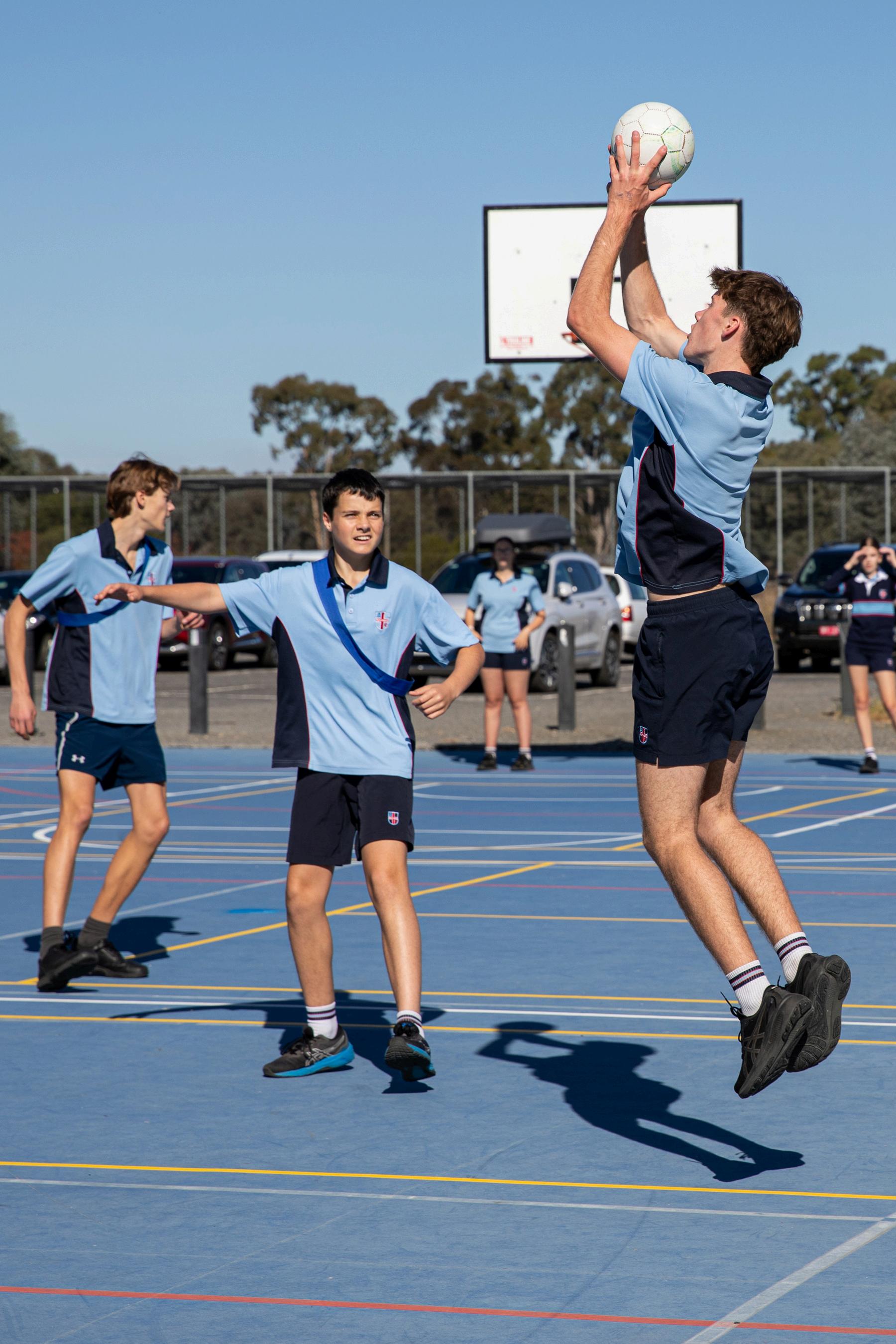
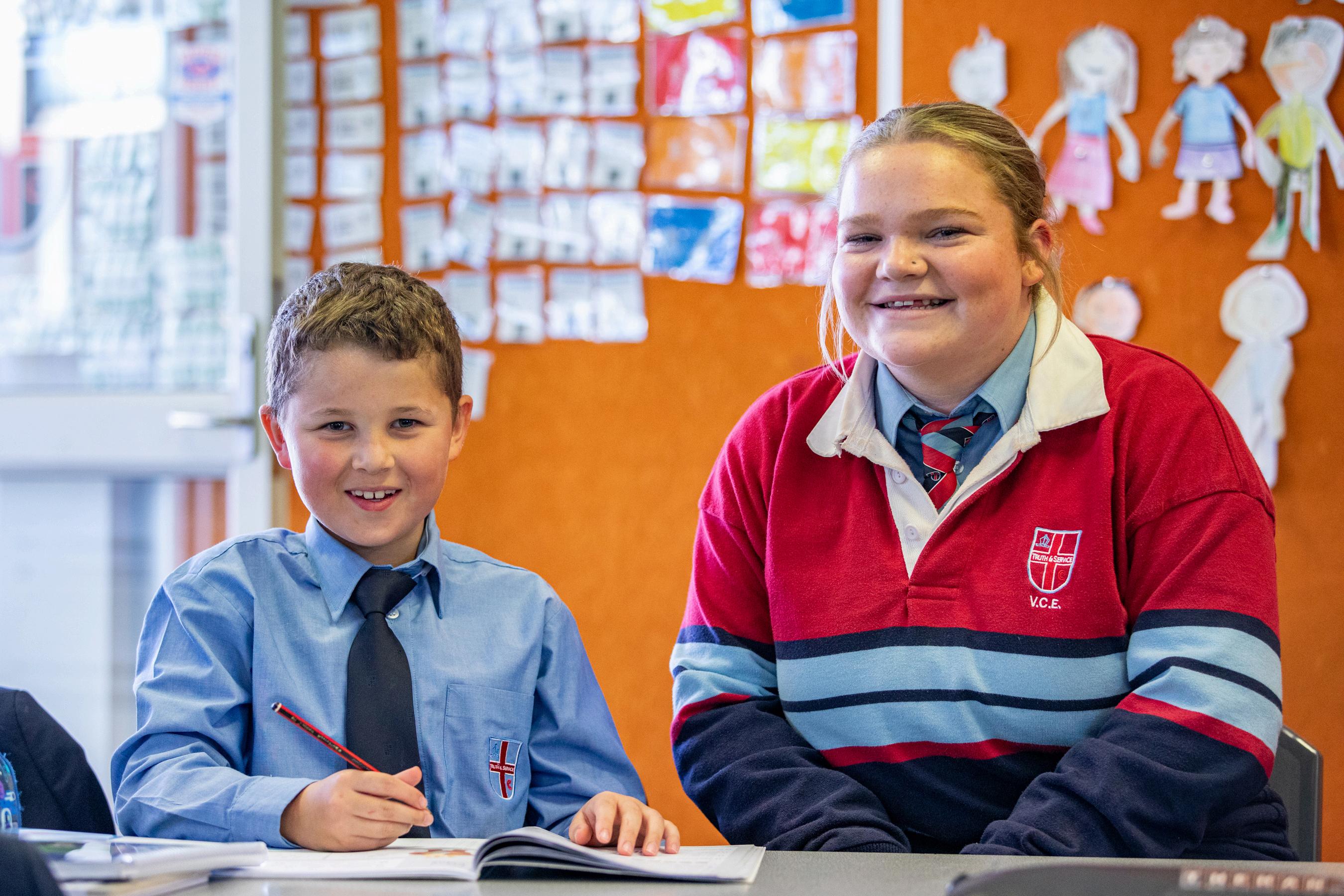
The VCE VM is a great choice if students prefer to learn in a real-world environment and don’t need an ATAR
Charlie enjoys designing, planning and working with interesting materials to create new things Charlie loved doing work experience at a timber recycler in Year 10.
That experience made Charlie confident that a carpentry apprenticeship would be a great start to their career after school.
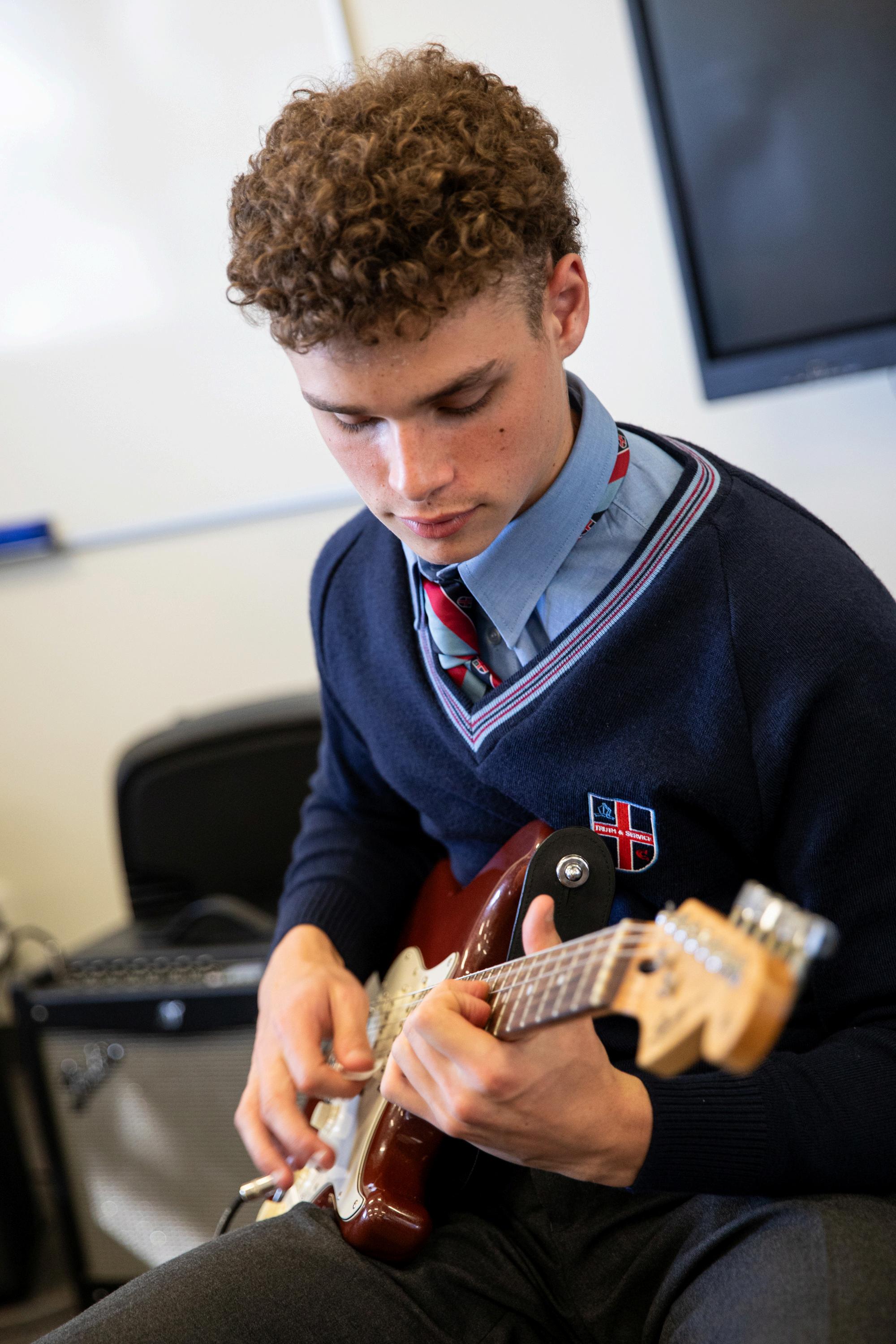

In Year 11, they studied:
VCE VM Literacy Units 1 and 2
VCE Foundation Maths Units 1 and 2
VCE VM Work Related Skills Units 1 and 2
VCE VM Personal Development Skills Units 1 and 2
VCE VET Furnishings Units 1 and 2
SBAT - Joinery (*contributes to the certificate)
In Year 12, they studied:
VM Literacy Units 3 and 4
VCE Foundation Maths Units 3 and 4
VCE VM Personal Development Skills Units 3 and 4
VCE VET Furnishings Units 3 and 4
SBAT - Joinery (*contributes to the certificate)
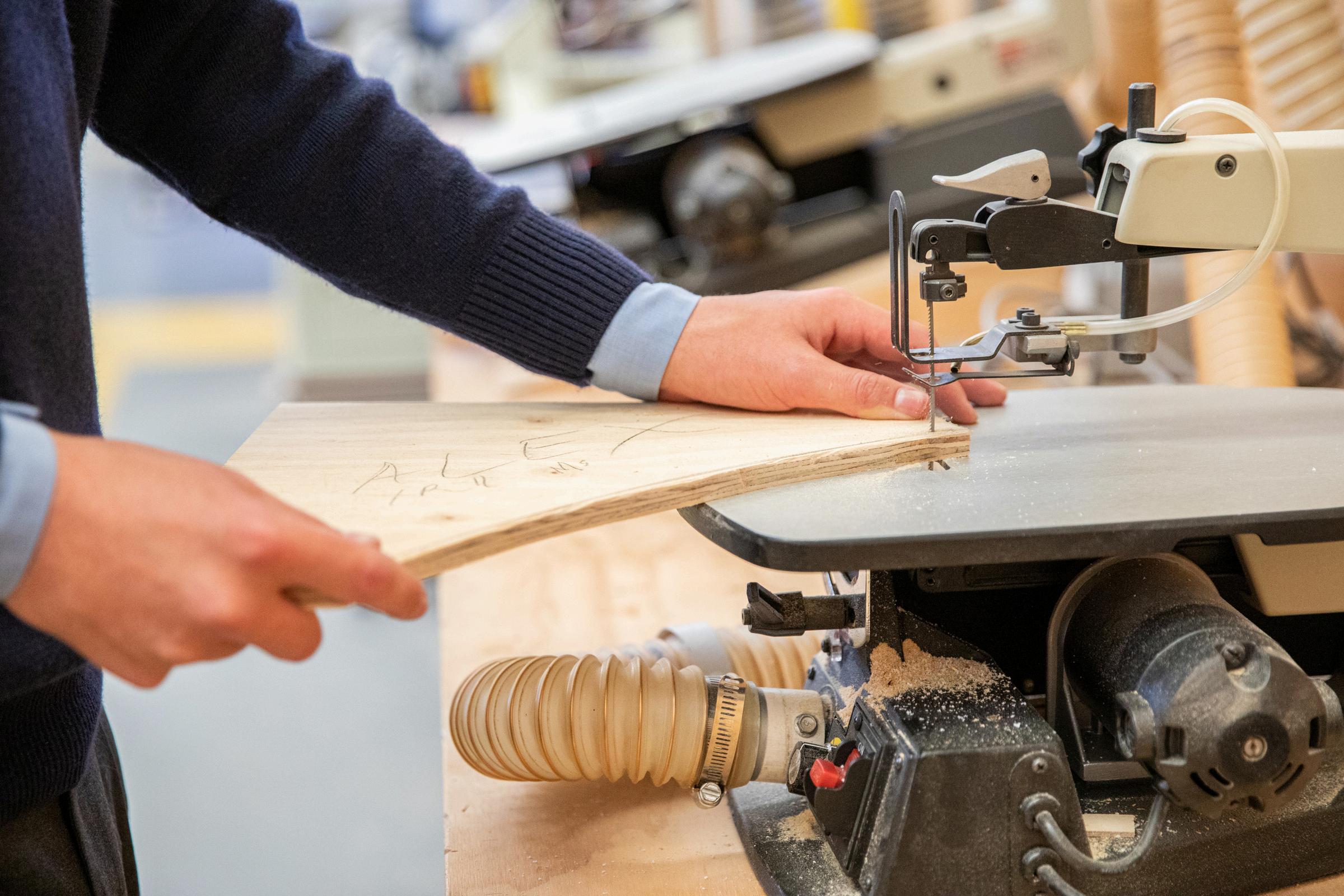
English
Literature (must choose one of these)
Language Other than English (German)
Language Other than English (Indonesian)
Foundation Mathematics
General Mathematics
Mathematical Methods
Specialist Mathematics
Agriculture and Horticulture
Art Creative Practice
Biology
Business Management
Chemistry
Drama
Environmental Science
Food Studies
Geography
Health and Human Development
History
Legal Studies
Media
Music Performance
Outdoor and Environmental Studies
Physical Education
Physics
Psychology
Visual Communication and Design
VCE VM Literacy
VCE Foundation Maths (or any other VCE Maths)
VCE VM Work-Related Skills
VCE VM Personal Development Skills
VCEVETSportandRecreation-CertificateIIIUnits 1-4220hrs*^
VCEVETAnimalCare-CertificateIIinAnimalCare Units1-4180Hrs
VCEVETAutomotive-CertificateIIUnits1-4180hrs
VCEVETEngineeringStudies-CertificateIIin EngineeringStudiesUnits1-4220hrs
VCEVETFurnishing-CertificateIIinFurniture MakingPathwaysUnits1-4180hrs*^
VCEVETEquine-CertificateIIIinEquineStudies Units1-4180hrs*
VCEVETInformationandCommunications Technology-CertificateIIIinInformation TechnologyUnits1-4220hrs*^
VCEVETHairandBeauty-CertificateIIIinMake-up Units1-4210hrs
VCEVETMusic(performance)-CertificateIIIin MusicUnits1-4230hrs*^
VCEVETHealth-CertificateIIIinAlliedHealth AssistanceUnits1-4180hrs*
CertificateIIIHealthServicesAssistanceUnits1-4 180hrs*
VCEVETElectrotechnology- CertificateIIUnits1-4 180hrs
*thisisascoredVCEVETsubjectandcancontributetotheATAR ^ThiscertificateisdeliveredatCathedralCollegeWangaratta
School Based Apprenticeships and Traineeships are employment-based learning pathways that allow students to gain a nationally recognised qualification. These programs combine part-time paid employment with training in vocational education and training (VET). Student still complete other subjects at school and typically attend their SBAT one day a week
Students can receive credit for their SBAT towards the VCE and VCE Vocational Major These typically take two years, and students can commence an SBAT in Year 10 or 11

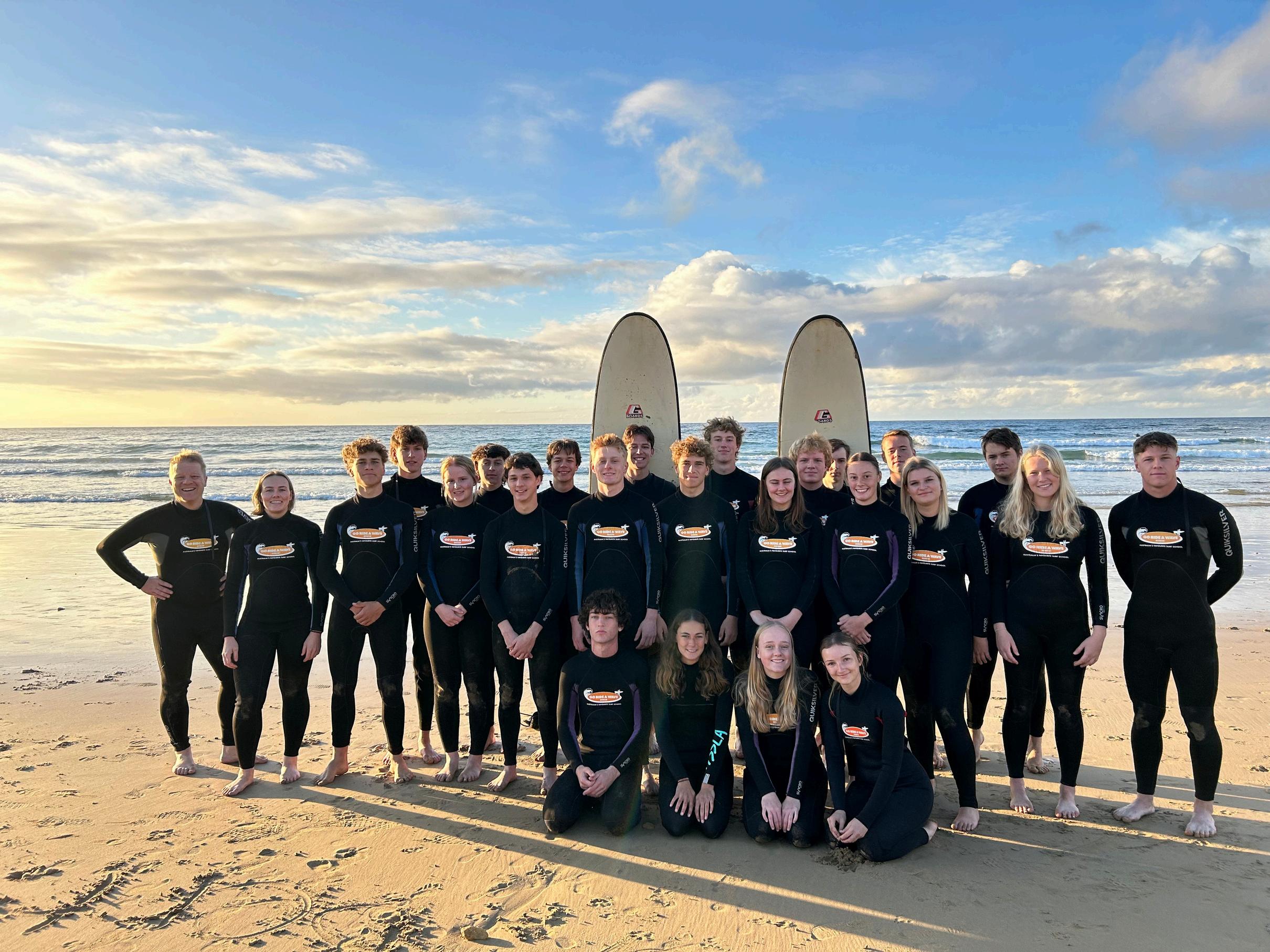
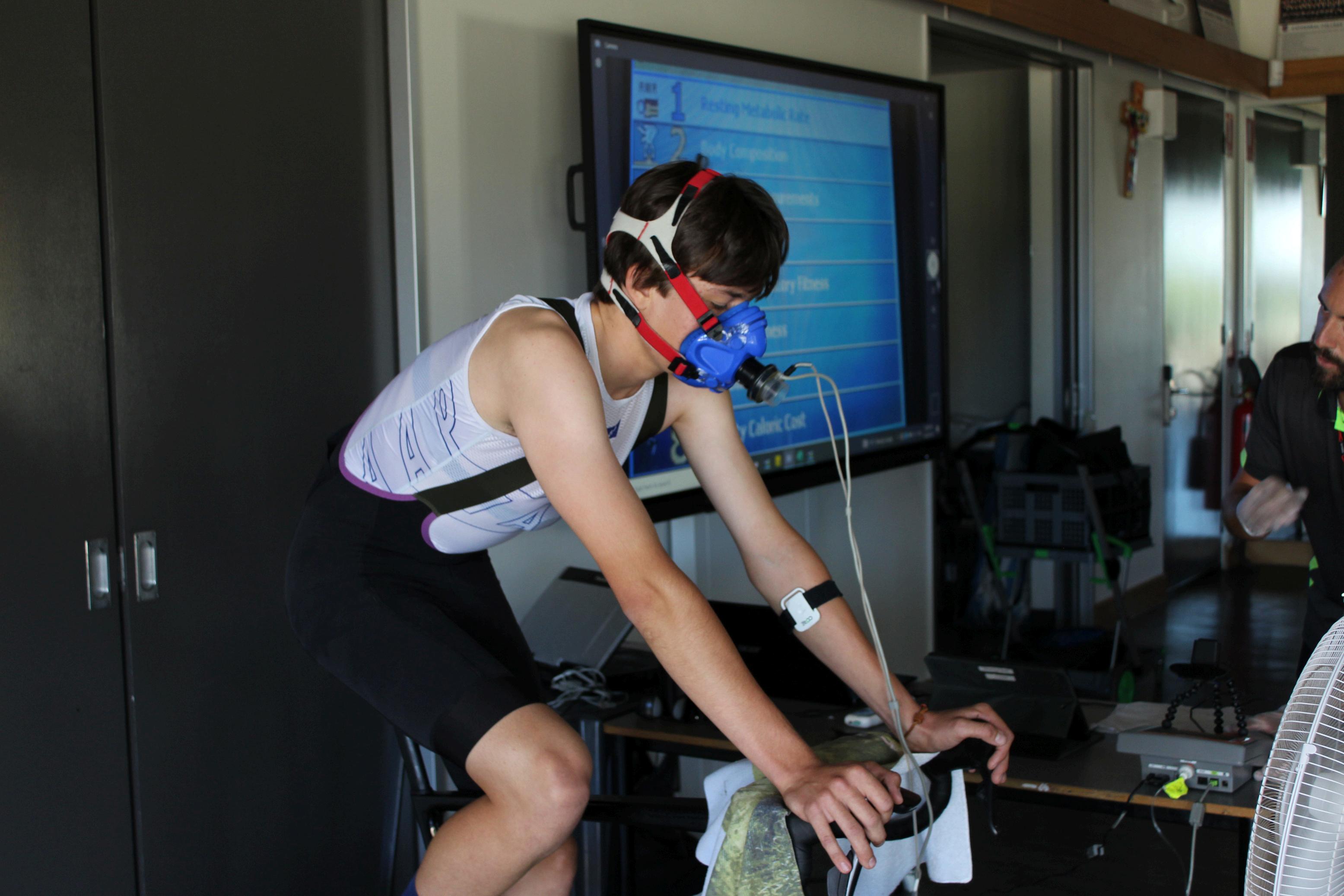


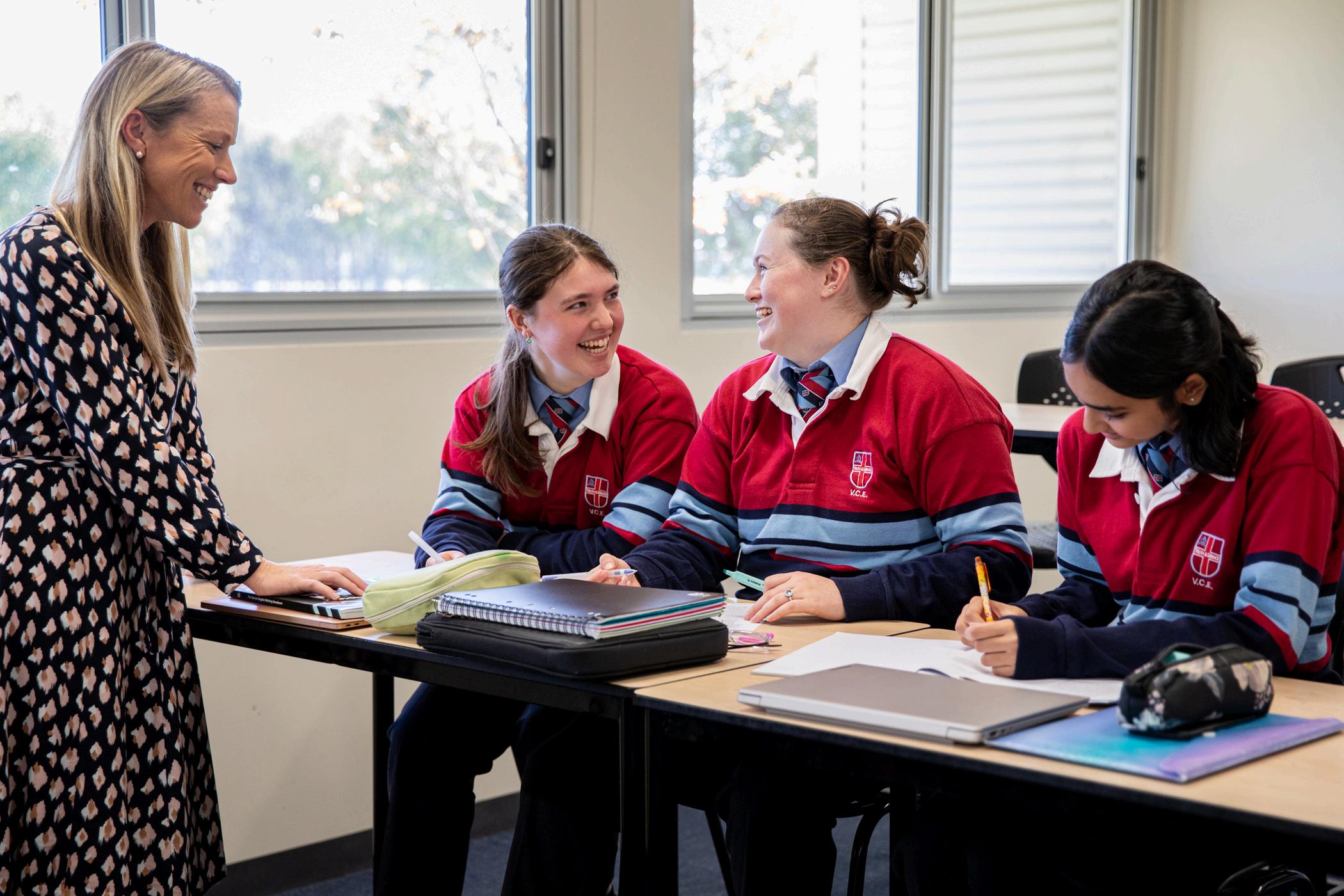

How long does the VCE Vocational Major (VM) take?
The VCE Vocational Major (VM) is a vocational and applied learning program within the VCE designed to be completed over a minimum of two years
What does it prepare students for?
It prepares students to move into apprenticeships, traineeships, further education and training, university (via non-ATAR pathways) or directly into the workforce.
Do VM students receive an ATAR?
No Unlike other VCE studies there are no external assessments of VCE VM Unit 3–4 sequences, and VCE VM studies do not receive a study score.
Do VCE VM students do exams?
No Teachers will assess progress through a range of activities. The only exam is the General Achievement Test (GAT) (Part A only).
What subjects are taught as part of the Vocational Major?
Panels of current applied learning practitioners have developed a new curriculum in VCE VM Literacy, Numeracy (through VCE Maths), Personal Development Skills, and Work-Related Skills The new curriculum is engaging, based on real life, and gives students indemand skills needed for the future world of work
This is a shift from the traditional focus on discrete curriculum to a more integrated and contextualised approach to learning. Students learn and apply the skills and knowledge required to solve problems, implement projects or participate in structured workplace learning
How are students eligible to receive the VCE VM Certificate?
Students must satisfactorily complete a minimum of 16 units, including:
3 VCE VM Literacy or VCE English units (including a Unit 3–4 sequence)
2 VCE VM Numeracy or VCE Mathematics units
2 VCE VM Work Related Skills units
2 VCE VM Personal Development Skills units
2 VET credits at Certificate II level or above (180 nominal hours)
Students must complete a minimum of three other Unit 3–4 sequences as part of their program
Students can also include other VCE studies and VET.
Can students do a VCE subject as part of the VCE VM program?
Yes, but they do not have to complete external assessments for that subject as they are not eligible to receive an ATAR
Can a student swap between VCE and VCE VM?
It is recommended that students complete the two year sequence that they choose at the end of Year Ten. However, in some cases it is possible for students to transfer from the VCE to VCE VM. In most cases it is not possible to transfer from the VCE VM to VCE
What about SBATs?
SBAT (School Based Apprenticeships and Traineeships) are employment-based learning pathways that allow high school students to gain a nationally recognised qualification. These programs combine part-time paid employment with training in vocational education and training (VET) Students can receive credit for their SBAT towards the VCE, VCE Vocational Major.
Can students who complete the VCE VM apply for university?
Some universities and course are accessible via a non ATAR pathway. Students need to check the VTAC website carefully

How long does the VCE take?
The VCE is designed to be completed over a minimum of two years. It is typically completed over Years 11 and 12.
What does it prepare students for?
Completing the VCE can give students an ATAR score, offering a direct pathway to university It can take students in many different directions after school and is a great choice if students prefer learning in a classroom environment and know they might want to go to university right after school.
How does the VCE work?
The VCE is made up of ‘studies’ and ‘units’ Each study is a subject that consists of four separate units, each of which is a semester (two terms) in length.
Typically, a student will complete Units 1 and 2 in their first year (Year 11 for most) and Units 3 and 4 in their second year (Year 12 for most) Typically, students study six subjects in Year 11 and five in Year 12. While a student can study Units 1 and 2 as standalone units in no fixed order, Units 3 and 4 must be studied in sequence What is worth noting is that Units 3 and 4 need to be completed in order and in the same year for a student’s study score to be calculated
How many VCE subjects do students have to do?
To achieve the VCE, a student must successfully complete a minimum of 16 units. What is important to note is that all students must pick at least one English study
Do VCE students receive an ATAR?
Yes. VCE studies and scored VCE VET programs contain both internal and external assessment components
Do VCE students do exams?
Yes At Year 11, students’ complete examinations at the end of each unit. They are set, administered, and corrected by the school and are reported to students and parents. They are held in June and November.
Year 12 examinations are set, administered, and corrected by the Victorian Curriculum and Assessment Authority. The timetable is published mid-year and are held in October / November
What is an ATAR?
‘ATAR’ stands for ‘Australian Tertiary Admissions Rank’ and is a number that highlights a student’s rank within their year group. It’s a way of universities being able to fairly compare students when it comes to course applications and admissions.
The way that an ATAR is given is as a number between zero and 99.95.
How is the ATAR calculated?
To receive an ATAR a student must complete a scored Unit 3–4 sequence from the English group and three other Unit 3–4 scored sequences. Students must achieve two or more graded assessments in these scored sequences.
The ATAR is made up of the scaled study scores from a student’s top four scoring subjects (including at least one English subject), plus 10% of the fifth and sixth subjects Once these scaled study scores are added together, they form an aggregate. This is then converted into the student’s ATAR
Can students do a VCE VM subject as part of their VCE program?
Yes However, it will not contribute to their ATAR
What about SBATs?
Depending on the type of SBAT, students who complete an SBAT can earn VCE credit points The number of credit points depends on the duration and complexity of the SBAT. These points may contribute to the overall VCE score
What is fast tracking?
Students have the opportunity to begin some of their VCE units in Year 10. This is determined by the students suitability to fast track certain subjects
Can students study VCE subjects not offered by CCW?
Yes. Some subjects can be studied via the Distance Education Centre of Victoria or the Victorian School of Languages
Can students study more than one VCE VET subject as part of their VCE?
Yes Subjects chosen by students should be done so based on what the student is interested in What is worth noting however is that not all VCE VET subjects are ‘scored’ This basically means that unscored VCE VET studies are VCE VET Unit 3 and 4 sequences with no scored assessment available. As there are no scores available for unscored sequences, VTAC may include the sequence as an increment (the fifth and/or sixth study) The amount of an increment is determined by calculating 10 per cent of the fourth study score of your primary four. Up to two unscored VCE VET increments may contribute to the aggregate

